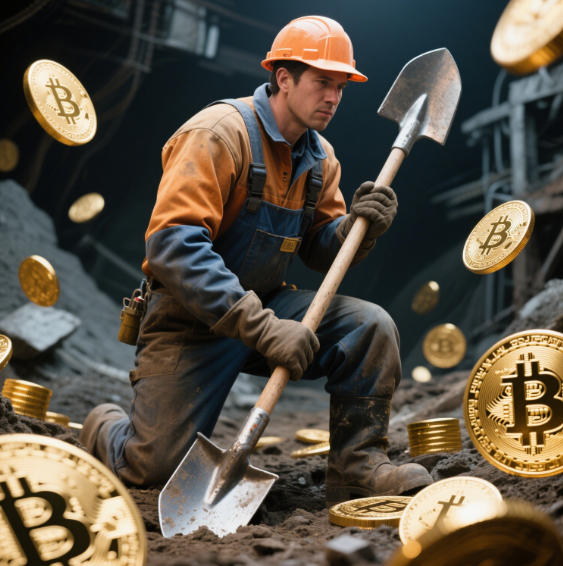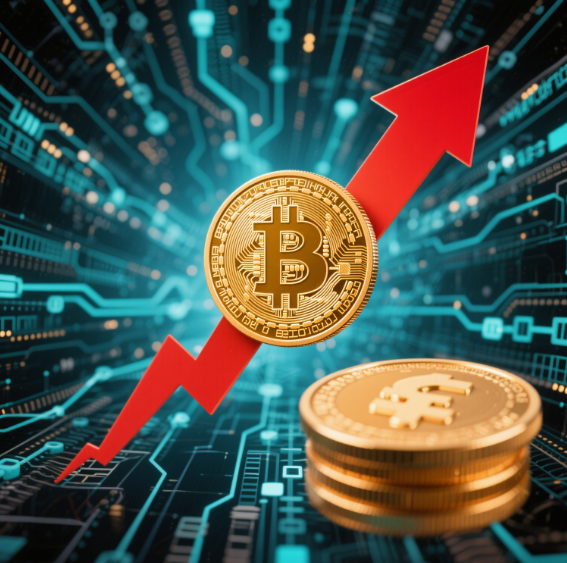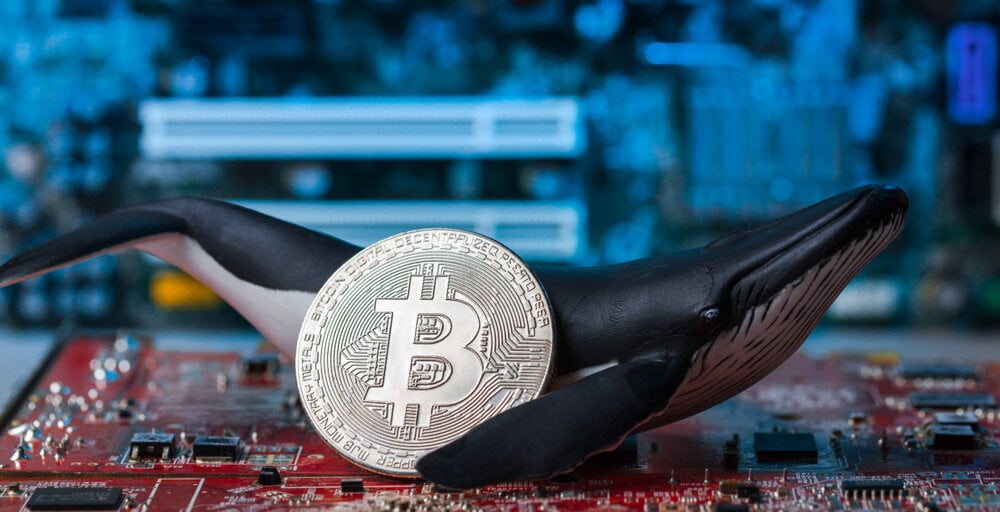In the world of cryptocurrency, Bitcoin undeniably stands out as a star. If you've ever wondered how Bitcoin is "born," you're not alone! Many people are curious about the process of Bitcoin "mining," where miners use their computer power to tackle complex mathematical problems and earn Bitcoin as a reward. But did you know that this process is not just about calculations? It’s also built upon a great structure of blockchain technology with the potential to impact the global financial system. Today, we will delve into how Bitcoin is "mined."
Basics of Bitcoin
Before we delve deeper into how Bitcoin is mined, let's briefly introduce Bitcoin itself. Essentially, Bitcoin is a decentralized digital currency first introduced by Satoshi Nakamoto in 2009. Unlike traditional currencies, Bitcoin is not supported by a central bank or government; it operates through a public ledger technology called blockchain.

Blockchain is the backbone of Bitcoin, recording all Bitcoin transactions. Whenever someone makes a transaction, these transactions are bundled into a "block" and connected to previous blocks, forming a long chain. This allows all transactions to be publicly viewed, ensuring transparency and security.
The Concept of Mining
So, what does mining actually mean? In the world of Bitcoin, mining refers to the process of participating in the network with a computer to verify transactions and generate new bitcoins by solving mathematical puzzles. This process encompasses two key tasks:
Transaction Verification: The primary task of miners in the Bitcoin network is to validate all transactions to ensure their legitimacy. This is akin to a bank processing transactions, needing to confirm the authenticity of these transactions.
Creating New Blocks: When miners successfully verify a batch of transactions, they bundle these transactions into a block, then add it to the blockchain. In return, they receive a certain number of bitcoins as a reward, a process known as "mining reward."
Technical Details of Mining
At a technical level, mining is fundamentally a competitive activity. Miners need to solve complex mathematical problems to earn the right to add new blocks to the chain. These mathematical puzzles are based on the cryptographic hash function used in the blockchain—SHA-256. This is a one-way function, meaning it’s easy to compute the output, but extremely difficult (almost impossible) to reverse-engineer the original input.

To solve these puzzles, miners use powerful computer equipment, often specialized mining rigs. These rigs run 24/7, consuming a significant amount of electricity in the process. Throughout this process, miners must also monitor the network's "difficulty" adjustment, which ensures that a new block is generated approximately every ten minutes. As the network gets busier, the difficulty of mining increases, maintaining a stable rate of Bitcoin generation.
The Economic Model of Mining
Mining is not just a clash between computers and mathematics, but also a complex economic model. The supply of Bitcoin is capped at a total of 21 million coins, creating scarcity. Over time, every 210,000 blocks (approximately every four years), the mining reward is halved in a process referred to as “halving.” For instance, this reduces the initial 50 Bitcoins to the current 6.25 Bitcoins.
This mechanism ensures that Bitcoin's value will not depreciate due to oversupply; instead, it may appreciate over time. Simultaneously, it attracts miners to invest more computing resources, as early participants in mining can secure higher rewards, reaping financial benefits.

Environmental Concerns of Mining
As Bitcoin becomes more popular, the energy consumption of mining has sparked widespread debate. Mining requires significant electricity, prompting many environmental advocates to question its sustainability. Some miners are beginning to seek green energy sources, such as wind and solar power, to reduce their carbon footprint. Moreover, various countries and regions are developing policies aimed at regulating mining activities to align them with environmental protection goals.
Conclusion
Through this discussion, we hope you now have a clearer understanding of how Bitcoin is “mined.” From simple transaction verification to complex mathematical calculations and the operation of an economic model, mining is not just a technical task but an art. By grasping this process, you can better engage in Bitcoin investments and navigate the cryptocurrency world with greater ease. With advancements in technology and the evolving market, the future of mining will hold many variables waiting for us to explore.
I hope this article has provided you with a clear picture of Bitcoin mining! If you have more questions or areas you’d like to explore further, feel free to ask me anytime.
















No comments yet